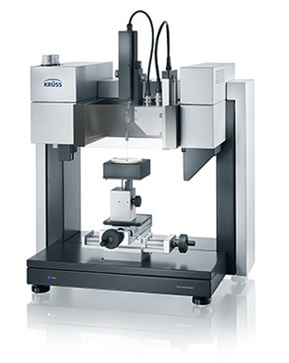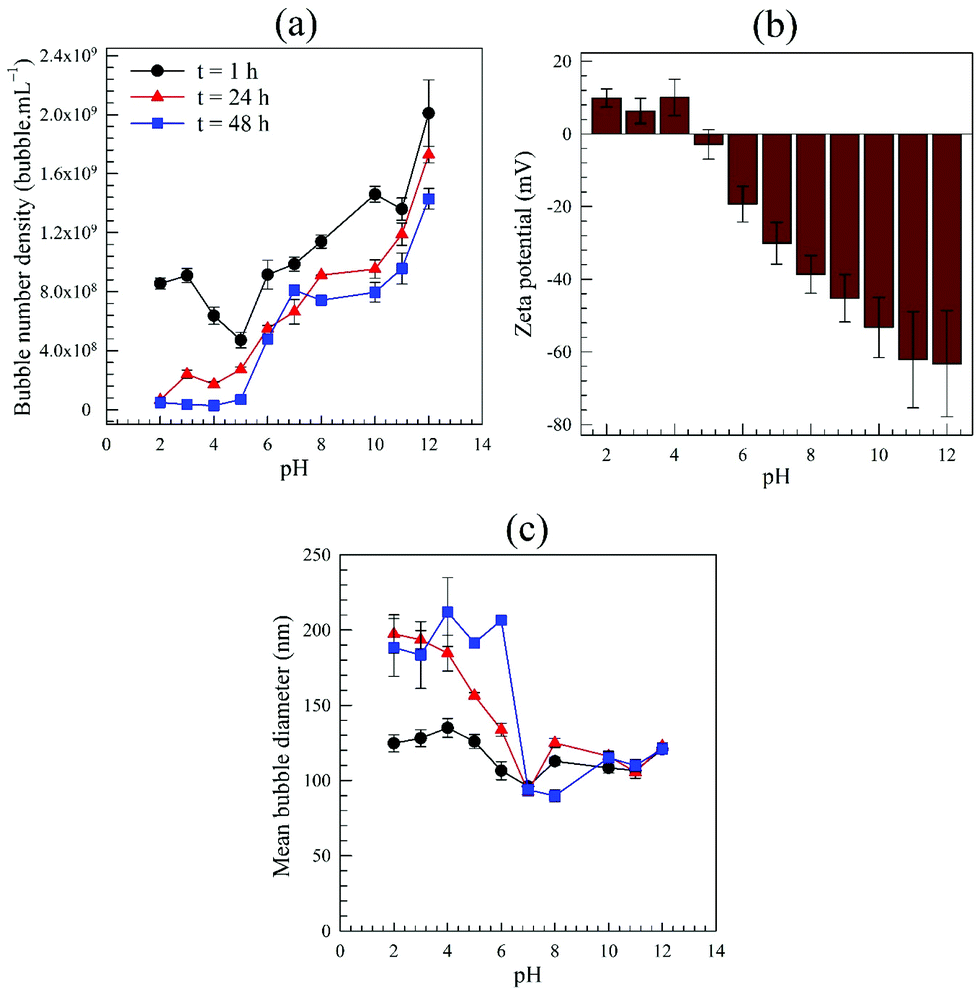
Jie Feng, Matthieu Roché, Daniele Vigolo & Howard A.1. Present address: Present address: Department of Chemistry and Applied Biosciences, Institute for Chemical and Bioengineering, ETH Zurich, 8093 Zurich, Switzerland.,ĭepartment of Mechanical and Aerospace Engineering, Princeton University, Princeton, New Jersey 08544, USA Present address: Present address: Laboratoire de Physique des Solides, Université Paris Sud-CNRS, 91405 Orsay, France., Rotating analyzer–fixed analyzer ellipsometer based on null type ellipsometer. Handbook of Radical Polymerization 1st edn (Wiley, 2002). Surfactants and Interfacial Phenomena 4th edn (Wiley, 2012). Nano-emulsions: Formation by low-energy methods. Nanoemulsions: Formation, structure, and physical properties. Food-grade microemulsions and nanoemulsions: Role of oil phase composition on formation and stability. Design and optimization of a new self-nanoemulsifying drug delivery system. Liposome formation in a continuous gas-stream: The bubble method. A novel technique for the one-step preparation of liposomes and nonionic surfactant vesicles without the use of organic solvents. Surfactants and submicron sea spray generation. Formation and growth of organic aerosols downwind of the Deepwater Horizon oil spill. Sea surface microlayers: A unified physicochemical and biological perspective of the air–ocean interface. Formation and global distribution of sea-surface microlayers. Wurl, O., Wurl, E., Miller, L., Johnson, K. Three dimensional simulation of transport and fate of oil spill under wave induced circulation. Lattice model for the wetting transition of alkanes on aqueous surfactant solutions. Matsubara, H., Aratono, A., Wilkinson, K. First-order and critical wetting of alkanes on water. Intermolecular and Surface Forces 2nd edn (Academic, 1991).īertrand, E. The effect of surfactant on bursting gas-bubbles. Reentrant wetting transition on surfactant solution surfaces. Wetting properties of normal-alkanes on AOT monolayers at the brine–air interface. Wetting of surfactant solutions by alkanes. Critical Micelle Concentrations of Aqueous Surfactant Systems (US National Bureau of Standards for sale by the Supt of Docs, US Govt Print Off, 1971).īoulton-Stone, J. Ripples on a rising bubble through an immiscible two-liquid interface generate numerous micro droplets. Daughter bubble cascades produced by folding of ruptured thin films.
#Malvern zetasizer air bubble in contact free#
Jet formation in bubbles bursting at a free surface. Dissolved organic matter in sea spray: a transfer study from marine surface water to aerosols. Evidence of sea spray produced by bursting bubbles. Coccolithophorid algae culture in closed photobioreactors. Drainage and stability of 2D foams: Foam behaviour in vertical Hele–Shaw cells. Bubble formation and modification in the sea and its meteorological significance. Finally, our system provides an energy-efficient route, with potential upscalability, for applications in drug delivery, food production and materials science.īlanchard, D. We demonstrate the unrecognized role that this dispersal mechanism may play in the fate of the sea surface microlayer and of pollutant spills by dispersing petroleum in the water column.

We provide evidence that droplet size is selected by physicochemical interactions between oil molecules and the surfactants rather than by hydrodynamics. Dispersal results from the detachment of an oil spray from the bottom of the bubble towards water during bubble collapse.

Here we show that bubbles bursting at a compound air/oil/water-with-surfactant interface can disperse submicrometre oil droplets in water. In the latter case, bubble-bursting leads to the dispersal of sea-water aerosols in the surrounding air. Bursting of bubbles at an air/liquid interface is a familiar occurrence relevant to foam stability, cell cultures in bioreactors and ocean–atmosphere mass transfer.


 0 kommentar(er)
0 kommentar(er)
